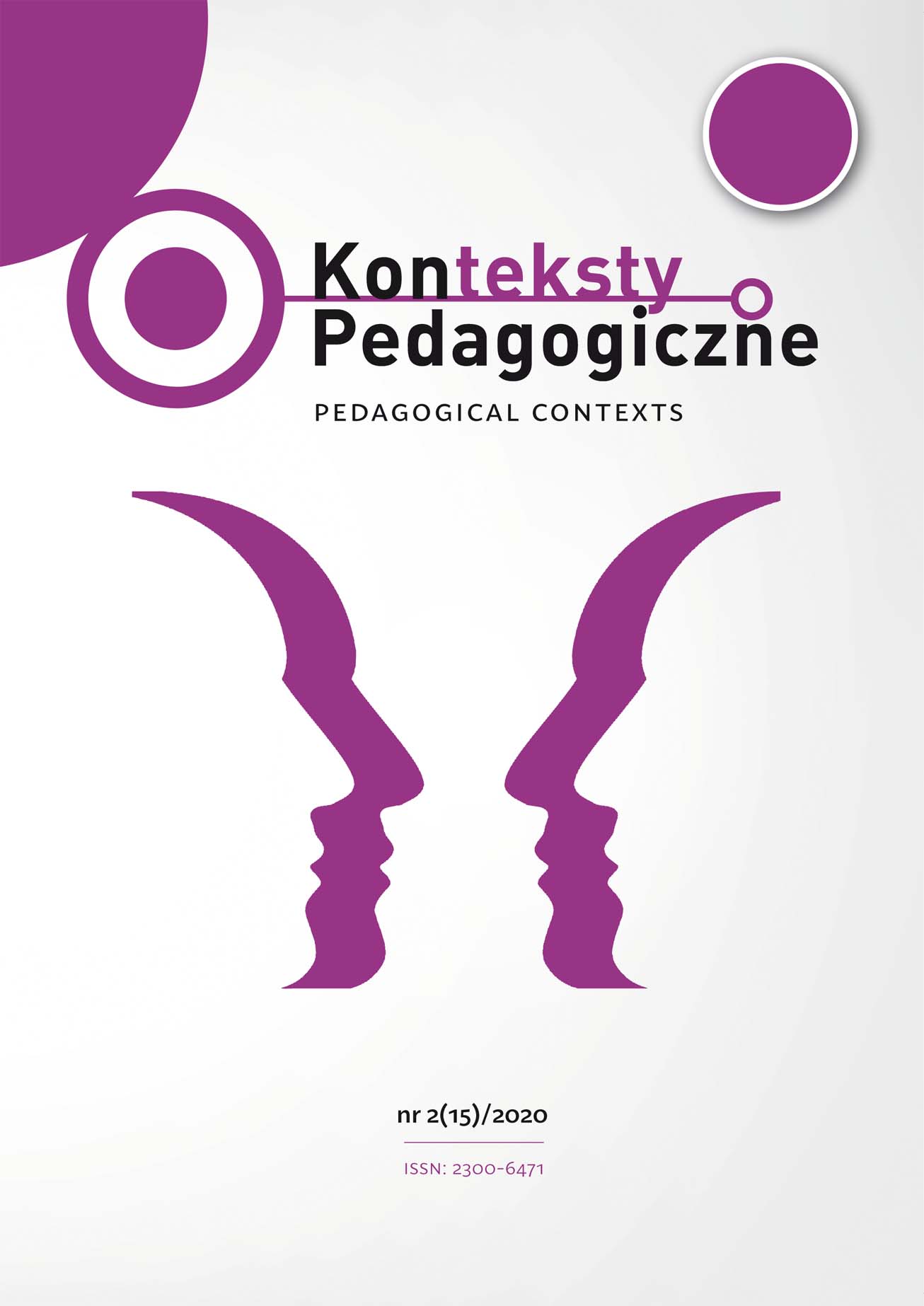Integrated Education – Spatial Organization of Classes
Integrated Education – Spatial Organization of Classes
Author(s): Wojtas-Rduch AnnaSubject(s): Social Sciences, Education, Preschool education, School education, Inclusive Education / Inclusion
Published by: Wydawnictwo LIBRON
Keywords: early school education; space; student; class; disability; arrangement
Summary/Abstract: Students often struggle with various school difficulties. Can the reason be the classroom’s poorly organized space? Searching for the answer to this question is one of the important premises of the paper. The spatial layouts described in the article, at the stage of primary education, influence such processes as communication between students, their education and upbringing, shaping their mutual relations, transferring messages, shaping skills, and creating attitudes and identity. The purpose of this article is to show the spatial arrangements selected by the teachers of integrated classes and to indicate their motivations behind making a specific choice. The first part of the article contains an introduction and review of the literature on the selected topic. The second part presents the results of own research. The study ends with conclusions. Students often struggle with various school difficulties. Can the reason be the classroom’s poorly organized space? Searching for the answer to this question is one of the important premises of the paper. The spatial layouts described in the article, at the stage of primary education, influence such processes as communication between students, their education and upbringing, shaping their mutual relations, transferring messages, shaping skills, and creating attitudes and identity. The purpose of this article is to show the spatial arrangements selected by the teachers of integrated classes and to indicate their motivations behind making a specific choice. The first part of the article contains an introduction and review of the literature on the selected topic. The second part presents the results of own research. The study ends with conclusions.
Journal: Konteksty Pedagogiczne
- Issue Year: 15/2020
- Issue No: 2
- Page Range: 297-314
- Page Count: 18
- Language: English

